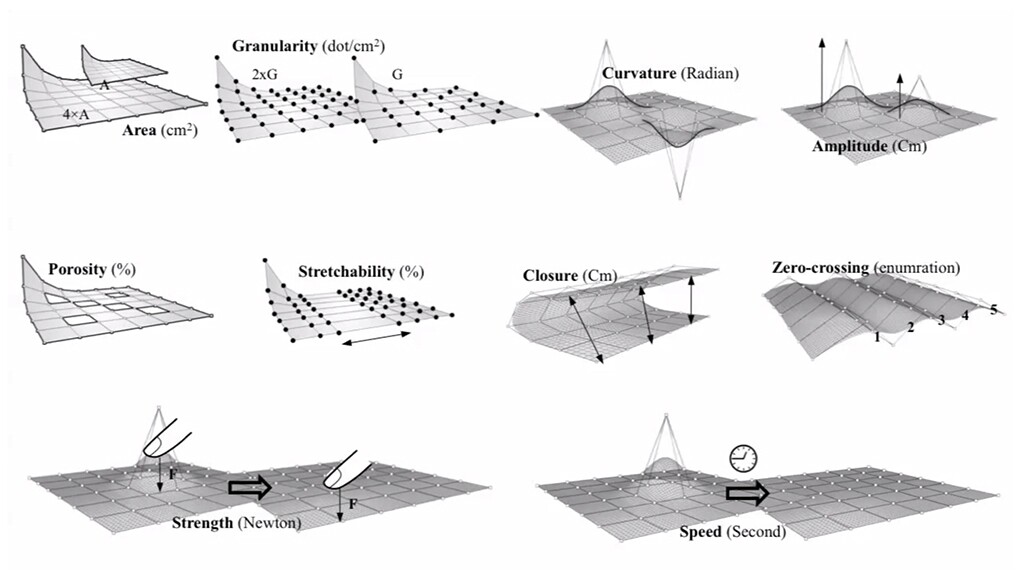There may soon be another technical specification to consider when buying a mobile device. Researchers from the University of Bristol and the German Research Center for Artificial Intelligence (DFKI Saarbrücken) have coined the term “shape resolution” to indicate the self-actuated shape-shifting abilities they believe will be featured in the next generation of mobile devices. To demonstrate this new metric, the researchers have developed a number of prototype shape-shifting devices they have dubbed “Morphees,” which have the potential to change their shape on demand, depending on the desired use.
In the same way that screens with a higher resolution display more pixels, Morphees with a higher shape resolution are more flexible and have the ability to change into a greater number of shapes. These shapes would be to suit the use at hand with the researchers anticipating the ability for users to download apps that embed a specific form factor designed around the app's use.
"The interesting thing about our work is that we are a step towards enabling our mobile devices to change shape on-demand,” said Dr Anne Roudant from the University of Bristol’s Department of Computer Science, who led the research along with Professor Sriram Subramanian. “Imagine downloading a game application on the app-store and that the mobile phone would shape-shift into a console-like shape in order to help the device to be grasped properly. The device could also transform into a sphere to serve as a stress ball, or bend itself to hide the screen when a password is being typed so passers-by can't see private information."

With the aim of helping designers create high-resolution shape resolution devices, the team has built and evaluated the performance of six prototype Morphees that use different shape-changing technologies. Some rely on shape memory alloys, either in wires that return to a previously learned shape when heated, or springs that return to a compacted state when heated. Others use dielectric electro active polymers that bend when a voltage is applied. Another uses servo motors and guitar strings to change the device’s shape.
Each approach has its strengths and weaknesses in terms of the 10 deformation features that the team uses to describe the shape resolution of a device. These 10 features include:
- Area: Changeable surface area.
- Granularity: Density of the physical actuation points.
- Porosity: Dependent on whether a shape is discontinuous or perforated. The ratio of the area of perforated parts to the total area of the shape.
- Curvature: The curviness of the surface.
- Amplitude: The range of displacement of control points between rest and actuated positions – a flat rigid surface has an amplitude of 0, while a sphere has an amplitude of 1.
- Zero-crossing: The capability of a shape to form wave-like shapes.
- Closure: How closed a shape is. A flat shape has 0 percent closure, while a sphere has 100 percent.
- Stretchability: How much the surface distorts between two control points.
- Strength: Force needed to move a control point from minimum to maximum amplitude position.
- Speed: How much time is needed to move a control point from minimum to maximum amplitude position under self-actuation.

The performance of the six Morphee prototypes was evaluated on all the above features with the exception of porosity and stretchability. The team hopes to include these features in exploring the capabilities of future devices with higher screen resolutions.
The performance of the six prototypes appears in the team’s paper, which will be presented at the ACM CHI 2013 Conference on Human Factors in Computing Systems this week.
The prototype Morphees can be seen in the video below.
Sources: University of Bristol, Anne Roudant









